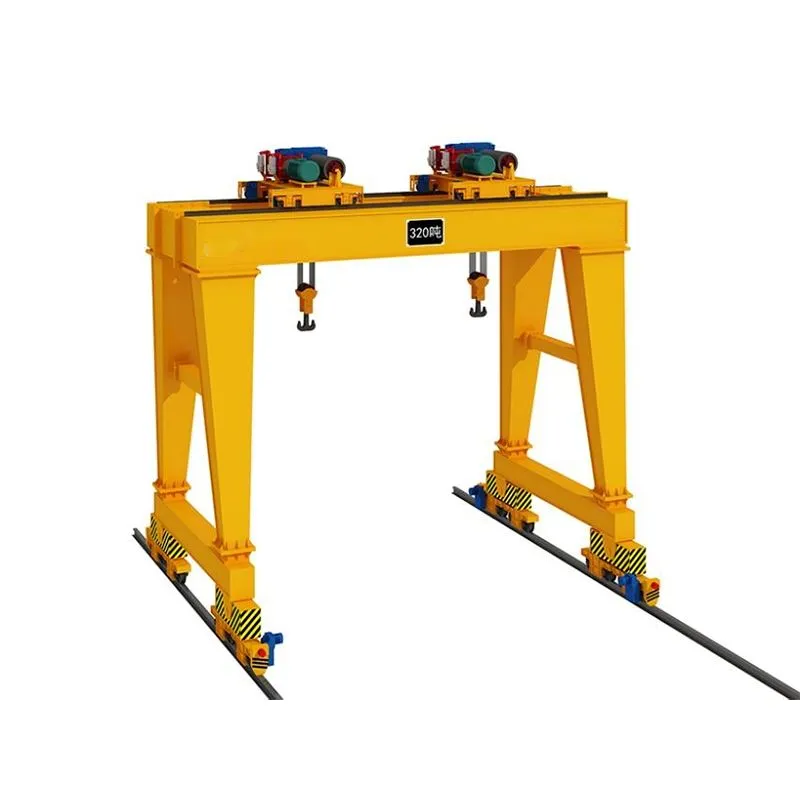What Is the Difference Between a Gantry Crane and a Bridge Crane?
2024-10-18
Gantry crane is a type of bridge crane with a horizontal bridge frame set on two legs to form a portal shape. This type of crane runs on ground tracks and is mainly used for handling and installation operations in open storage yards, docks, power stations, ports and railway freight stations. Bridge cranes are lifting equipment that is horizontally mounted above workshops, warehouses and material yards for material lifting. Because its two ends are located on tall concrete columns or metal brackets, it looks like a bridge. The bridge of the bridge crane runs longitudinally along the tracks laid on the elevated platforms on both sides, and can make full use of the space under the bridge to lift materials without being hindered by ground equipment. These two types of cranes are different in different aspects.

In terms of structural construction, the gantry crane adopts a unique door frame design, which is mainly composed of beams, legs and crossbeams. This structure enables it to span a larger space and resemble a majestic doorway. In contrast, the bridge crane is more like a bridge across the air. It consists of a main beam, end beam, boom, trolley and electrical control system. These elements work together to enable the bridge crane to operate flexibly in indoor spaces such as workshops and warehouses.
In terms of application sites, gantry cranes have become an ideal choice for outdoor sites such as open storage yards, docks, power stations, ports and railway freight stations due to their powerful lifting capacity and wide span. Bridge cranes are more suitable for precise heavy lifting and unloading operations in indoor environments such as airports, docks, factory workshops, etc.
In terms of operating characteristics, gantry cranes can move freely throughout the span with their large space advantage under the beam, which is particularly important for operations such as liquid container handling and large-scale dock construction. Bridge cranes achieve precise operation through the movement of tracks, which is more suitable for delicate work and heavy object handling in specific locations. In addition, due to their low height, bridge cranes can also play their unique advantages in some places with limited height.
In terms of safety, gantry cranes often face challenges of bad weather and complex environments due to long-term outdoor operations, so their safety performance requirements are higher. Bridge cranes are relatively lucky. They mainly work in indoor environments and are less disturbed by the outside world, so the safety requirements are relatively low. But no matter which type of crane, it is necessary to strictly abide by the operating procedures and safety standards to ensure safety during the operation.



